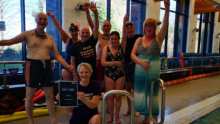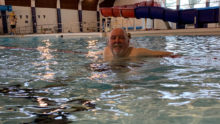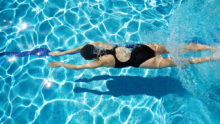
Using visualisation to help reduce stress
08/07/2016Visualisation is often used by top athletes to help them win. But you can also use visualisation to help reduce stress levels.
This content has been updated. To view the latest version, please click here.
 Just Swim
Just Swim



